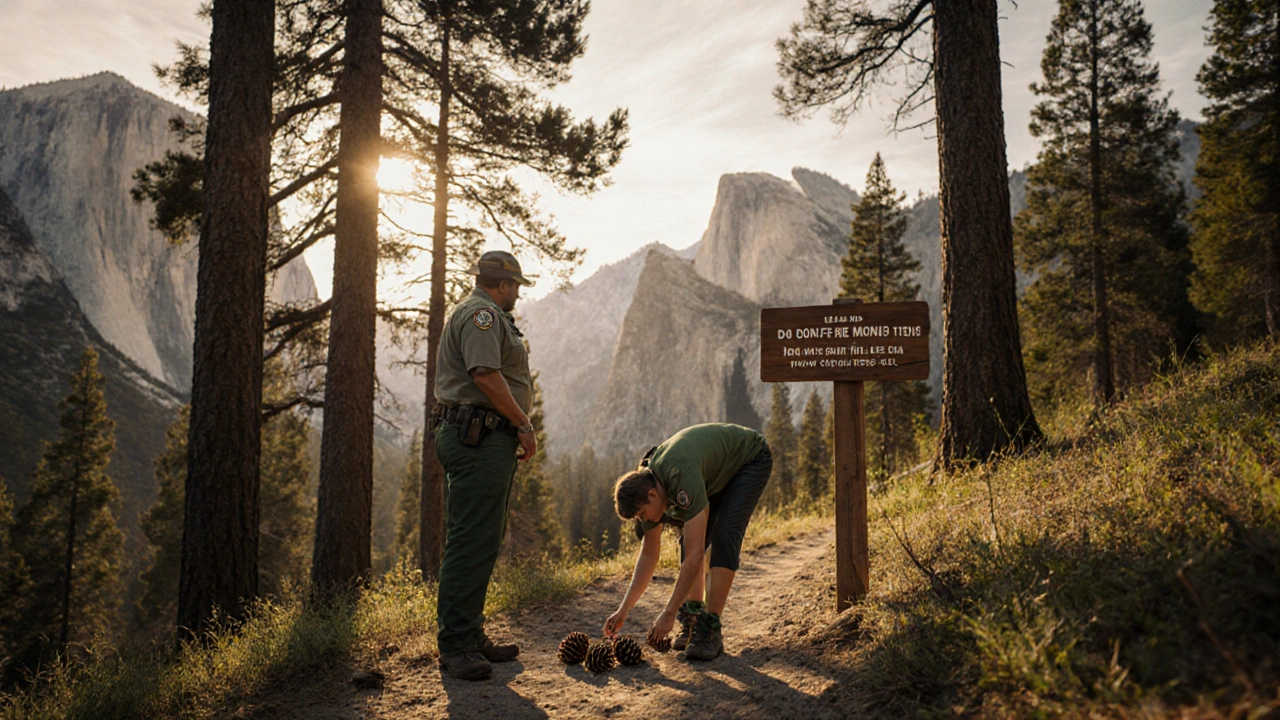Yosemite Pine Cones: What They Reveal About the Park
When you spot Yosemite pine cones, the seed‑bearing structures of conifer trees that litter the trails of Yosemite National Park, Yosemite cones, you’re looking at more than just debris. Each cone records a year of growth, fire history, and climate shift, making it a natural gauge for scientists and volunteers alike.
Yosemite National Park, a protected wilderness area in California’s Sierra Nevada is home to dozens of pine species, each dropping cones with unique shapes, scale arrangements, and colors. Mastering pine cone identification, the skill of recognizing species by cone morphology helps you map forest composition, predict fire behavior, and support research projects that monitor tree health.
Effective park conservation, actions aimed at preserving ecosystems and visitor experiences leans on data gathered from cone surveys. Those same cones feed seasonal wildlife—squirrels, chipmunks, and birds—linking Yosemite pine cones directly to the park’s food web and biodiversity. By understanding when cones mature and fall, volunteers can schedule clean‑up events, educate hikers, and aid wildlife managers in planning supplemental feeding if needed.
Practical tips for spotting and collecting cones
Start early in the morning when light reveals subtle color changes on the scales. Look on the leeward side of trees; wind‑blown cones tend to stay intact longer. Bring a small bag, label each sample with tree location, and photograph the tree canopy for reference. If you’re part of a citizen‑science program, upload your findings to the park’s database—every cone counts toward a bigger picture of forest health.
Below you’ll find a hand‑picked collection of articles that dig deeper into identification guides, seasonal patterns, conservation projects, and wildlife interactions. These resources will give you the details you need to turn a simple walk into a meaningful contribution to Yosemite’s natural legacy.
